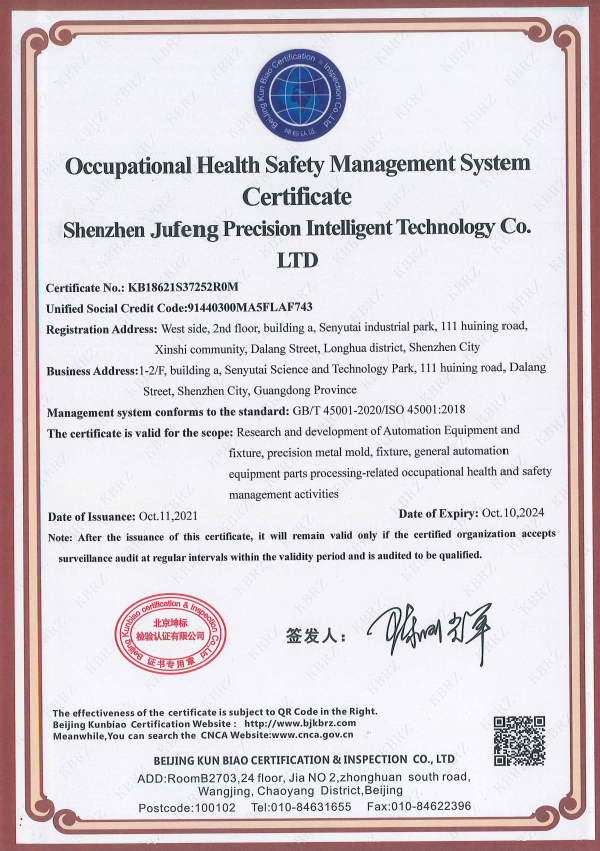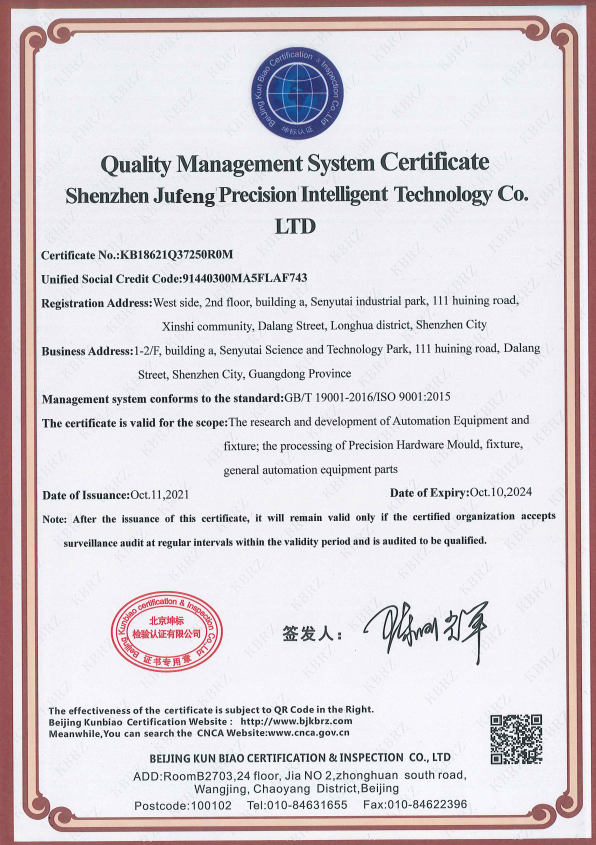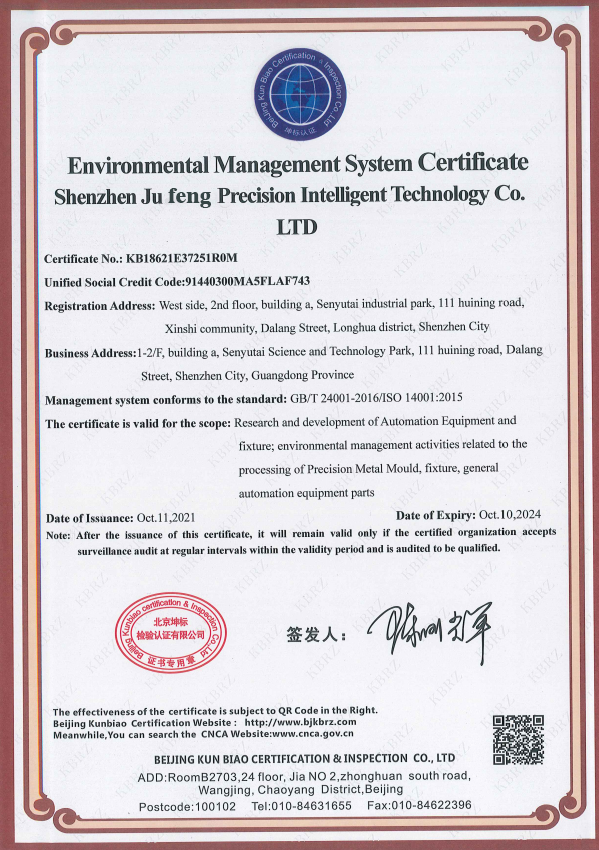News
Multi Station CNC Machining Fixtures: Transforming Your Manufacturing Capabilities
Multi Station CNC Machining Fixtures: Transforming Your Manufacturing Capabilities
Table of Contents
- Understanding CNC Machining Fixtures
- The Importance of Multi-Station Fixtures in Manufacturing
- Design and Configuration of Multi Station CNC Machining Fixtures
- Benefits of Multi-Station CNC Machining Fixtures
- Applications in Various Industries
- Best Practices for Implementing Multi-Station CNC Machining Fixtures
- The Future of CNC Machining Fixtures
- FAQs
Understanding CNC Machining Fixtures
CNC (Computer Numerical Control) machining fixtures are essential components that hold and secure workpieces during the machining process. They ensure that components are precisely positioned and stable, allowing for accurate machining operations. Multi-station CNC machining fixtures take this concept a step further by accommodating multiple workpieces simultaneously, significantly enhancing throughput and efficiency.
Understanding the basic principles behind CNC machining fixtures is crucial for manufacturers looking to optimize their operations. These fixtures are designed to minimize setup times, reduce operator error, and ensure repeatability across different machining cycles.
Types of CNC Machining Fixtures
There are several types of CNC machining fixtures, including:
- **Vise Fixtures**: Often used for holding flat or cylindrical parts.
- **Modular Fixtures**: Adjustable systems that can be customized for various workpiece shapes and sizes.
- **Dedicated Fixtures**: Custom-built for a specific part, ensuring maximum efficiency for high-volume production.
Each type serves different purposes and is selected based on the specific requirements of the machining operation.
The Importance of Multi-Station Fixtures in Manufacturing
Multi-station CNC machining fixtures are becoming increasingly important in modern manufacturing due to several factors:
- **Increased Production Efficiency**: By allowing multiple components to be machined in one setup, manufacturers can significantly reduce the time spent on each job.
- **Cost-Effectiveness**: Multi-station fixtures reduce the need for multiple setups and tools, leading to lower overall production costs.
- **Enhanced Precision**: These fixtures ensure consistent positioning, which is crucial for maintaining tight tolerances across multiple parts.
As the manufacturing landscape evolves, the demand for efficiency and precision continues to grow. Multi-station fixtures provide a competitive edge by streamlining production processes.
Real-World Examples
Leading manufacturers have successfully implemented multi-station CNC machining fixtures to achieve remarkable results. For instance, automotive manufacturers utilize these fixtures to machine engine components, allowing for high-volume production without compromising quality.
Design and Configuration of Multi Station CNC Machining Fixtures
The design of multi-station CNC machining fixtures is a crucial aspect that directly impacts the efficiency and effectiveness of machining operations. A well-designed fixture will take into account factors such as the size and shape of the workpieces, the type of machining processes being performed, and the specific CNC machine being used.
Key Design Features
When designing multi-station fixtures, several key features should be considered:
- **Adjustability**: The fixture should allow for adjustments to accommodate different part sizes and shapes.
- **Accessibility**: Operators should have easy access to the workpieces for loading and unloading.
- **Stability and Rigidity**: The fixture should securely hold the workpieces to prevent movement during machining operations.
Software and Simulation Tools
Utilizing advanced software tools can significantly enhance the design and configuration process. Tools that allow for virtual simulations can help identify potential issues before physical production begins, saving time and resources.
Benefits of Multi-Station CNC Machining Fixtures
The implementation of multi-station CNC machining fixtures comes with a plethora of benefits that contribute to a manufacturer's overall success.
Enhanced Productivity
With the ability to process multiple parts in a single setup, productivity is vastly improved. This increase allows manufacturers to meet tight deadlines and adapt to market demands more swiftly.
Reduced Setup Times
One of the most significant advantages is the drastic reduction in setup times. Instead of reconfiguring the machine for each part, manufacturers can switch between jobs seamlessly with multi-station fixtures.
Improved Quality Control
Consistency is key in manufacturing, and multi-station fixtures help achieve this by ensuring that each part is machined under the same conditions. This uniformity leads to higher product quality and fewer defects.
Minimized Waste
By optimizing the use of materials and reducing errors, multi-station fixtures contribute to minimizing waste, which is essential for sustainable manufacturing practices.
Applications in Various Industries
Multi-station CNC machining fixtures find applications across a diverse range of industries, showcasing their versatility and effectiveness.
Aerospace Industry
In the aerospace sector, precision is of utmost importance. Multi-station fixtures are used to machine critical components such as turbine blades and fuselage parts, where accuracy can significantly impact performance and safety.
Automotive Manufacturing
The automotive industry relies heavily on multi-station fixtures for machining engine components, transmission parts, and chassis. The ability to produce high volumes of parts with minimal variations is crucial in maintaining competitiveness.
Medical Device Production
Medical devices require strict adherence to quality standards. Multi-station CNC machining fixtures enable manufacturers to produce complex components with high precision, ensuring compliance with regulatory requirements.
Best Practices for Implementing Multi-Station CNC Machining Fixtures
To fully leverage the advantages of multi-station CNC machining fixtures, manufacturers should consider the following best practices:
Conduct a Needs Assessment
Before implementing multi-station fixtures, it is essential to conduct a thorough assessment of production needs. This includes understanding the types of parts being produced and the specific requirements for each.
Invest in Training
Proper training for operators and maintenance staff is crucial. Ensuring that the team understands how to utilize the fixtures effectively will maximize their benefits and minimize the risk of errors.
Regular Maintenance and Upgrades
Keeping the fixtures in optimal condition is vital for maintaining performance. Regular maintenance checks and updates can help avoid downtime and ensure continued efficiency.
The Future of CNC Machining Fixtures
As technology continues to evolve, so does the potential for multi-station CNC machining fixtures. Innovations such as smart fixtures equipped with sensors for real-time monitoring and AI-driven optimization are on the horizon. These advancements will further enhance productivity, accuracy, and efficiency in manufacturing processes.
The integration of robotics and automation into the machining process is also set to revolutionize how multi-station fixtures are utilized, making them integral to the future of manufacturing.
FAQs
What are multi-station CNC machining fixtures?
Multi-station CNC machining fixtures are specialized tools designed to hold and secure multiple workpieces simultaneously during machining operations, improving efficiency and productivity.
How do multi-station fixtures enhance manufacturing processes?
By allowing multiple parts to be machined in a single setup, multi-station fixtures reduce setup times, enhance precision, and increase overall production efficiency.
What industries benefit from multi-station CNC machining fixtures?
Industries such as aerospace, automotive, and medical device manufacturing greatly benefit from the use of multi-station CNC machining fixtures due to their need for high precision and efficiency.
What should I consider when designing a multi-station fixture?
Key considerations include part size and shape, adjustability, accessibility, and the stability of the fixture to ensure precision during machining.
How can I ensure my multi-station fixtures remain effective?
Regular maintenance, proper training for staff, and a thorough needs assessment are essential for maintaining the effectiveness of multi-station CNC machining fixtures.
Conclusion
Multi-station CNC machining fixtures represent a pivotal advancement in manufacturing capabilities. By enhancing efficiency, precision, and productivity, these fixtures allow manufacturers to meet the demands of a rapidly changing market. As technology continues to evolve, the potential for innovation in this area is vast, promising an exciting future for manufacturers who adopt these advanced solutions. Embracing multi-station CNC machining fixtures is not merely an operational choice but a strategic move towards achieving excellence in manufacturing.




